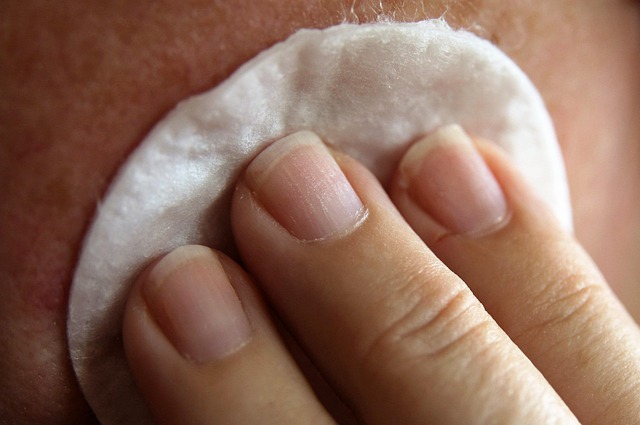Antique Leeds silverware, a collector's delight, showcases exceptional Victorian craftsmanship and intricate designs reflecting the city's metalworking heritage. Each piece tells a story through meticulous detail, elegant engravings, and ornate motifs, making them unique works of art. When authenticating vintage jewelry from Leeds, look for hallmarks like the leopard's head and confirm its historical value. Proper cleaning and storage techniques ensure the preservation of these timeless treasures, allowing them to maintain their intricate details and elegance.
Discover the enchanting world of antique silver jewelry, where each piece tells a story. From intricate engravings to ornate details, these time-honored treasures capture the essence of bygone eras. Explore the historical significance of Leeds silverware and learn to recognize its unique design elements. This guide unveils the key features for authenticating vintage pieces and offers essential care tips to preserve their timeless charm.
- Unveiling the Beauty of Antique Leeds Silverware: A Historical Perspective
- The Art of Ornate Details: Exploring Intricate Engravings and Design Elements
- Authenticating Vintage Pieces: Key Features to Look Out For
- Caring for Your Treasures: Preserving the Charm of Antique Silver Jewelry
Unveiling the Beauty of Antique Leeds Silverware: A Historical Perspective
Antique Leeds silverware is a treasure for collectors and admirers of fine jewelry due to its exquisite craftsmanship and intricate designs. The city of Leeds, renowned for its rich history in the metalworking industry, has left an indelible mark on the world of silverware. These pieces are not just functional objects but true works of art that reflect the artistic sensibilities of their time.
Historically, Leeds emerged as a bustling hub for silversmiths and artisans during the Victorian era. The meticulous attention to detail in each piece is a testament to the skill and passion of these craftsmen. From elegant engravings to ornate motifs, Leeds silverware showcases the beauty of traditional design elements combined with innovative techniques. Every curve, line, and texture tells a story, making each antique piece unique and captivating.
The Art of Ornate Details: Exploring Intricate Engravings and Design Elements
Antique silver jewelry is renowned for its exquisite craftsmanship, and one of the most captivating aspects is the art of ornate details. In the world of Leeds silver ware, intricate engravings and design elements take center stage, transforming simple pieces into stunning works of art. Each detail tells a story, be it historical or personal, adding depth and character to the jewelry.
The skill involved in creating these ornate designs is nothing short of remarkable. Artisans meticulously carve patterns, often inspired by natural motifs, religious symbols, or even geometric abstractions. Engravings can range from delicate filigrees to bold, raised textures, enhancing the overall aesthetic appeal. These intricate details not only elevate the beauty of the jewelry but also make each piece unique, ensuring it stands out in any collection.
Authenticating Vintage Pieces: Key Features to Look Out For
When authenticating vintage antique silver jewelry, there are several key features to look out for, especially when considering pieces from renowned regions like Leeds, famous for its silverware heritage. One of the most telling signs is the craftsmanship and detail in the work. Ornate engravings, intricate designs, and delicate textures are hallmarks of quality and age. These features often set antique jewelry apart from modern imitations.
Additionally, pay close attention to the hallmarks or marks on the piece. Leeds silverware, for instance, typically bears specific marks indicating its origin, metal purity, and date. These can include the manufacturer’s mark, a leopard’s head (denoting sterling silver), or other distinctive symbols. The presence of these hallmarks provides valuable context and authenticity to the jewelry, allowing collectors and enthusiasts to appreciate not just the aesthetics but also the historical value of each unique piece.
Caring for Your Treasures: Preserving the Charm of Antique Silver Jewelry
Antique silver jewelry, known for its intricate details and timeless elegance, requires special care to preserve its charm. When it comes to Leeds silverware, a meticulous cleaning routine is essential. Start by gently wiping the pieces with a soft, lint-free cloth to remove any visible dirt or dust. For deeper cleaning, use a mild, water-based soap or a specialized silver cleaner, ensuring you follow the manufacturer’s instructions for dilution and application. Avoid harsh chemicals, abrasive brushes, or vigorous scrubbing, as these can damage the delicate engravings and tarnish the metal over time.
Regular polishing will help maintain the jewelry’s luster. Invest in a soft cotton polishing cloth specifically designed for silver. Polishing should be done gently, focusing on the intricate areas to restore shine without causing wear. Storing your Leeds silverware properly is equally vital. Place them in individual velvet or foam-lined boxes to prevent tangling and scratches. Keep these storage containers in a cool, dry place away from direct sunlight and moisture to ensure longevity.
Antique Leeds silverware, with its intricate ornate details and engravings, offers a captivating glimpse into history. By understanding the art, authentication, and care required, collectors can preserve these charming treasures for future generations. Whether you’re a seasoned enthusiast or a curious beginner, delving into the world of antique silver jewelry ensures a rewarding experience that showcases the exquisite craftsmanship of yesteryear.
